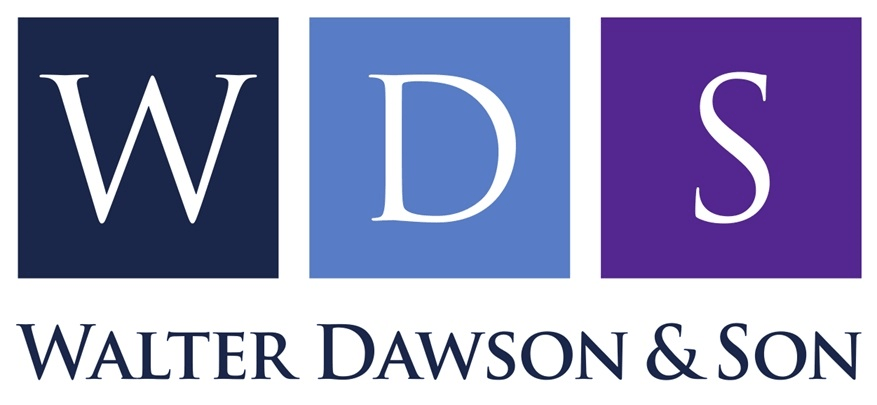Many business owners see their bank overdraft as a flexible safety net. When cash runs short, the temptation is to ask the bank for a higher limit to keep things moving. While this can provide breathing space in the short term, relying on overdrafts to cover trading losses is one of the riskiest financial strategies a business can adopt.
The key problem is that an overdraft is designed for temporary cash flow fluctuations, not for funding ongoing losses. If sales are falling, margins are shrinking, or costs are out of control, borrowing more simply masks the underlying issues. Instead of addressing the root causes, the business is kicking the problem down the road.
Increased overdrafts also come at a cost. Interest rates on overdrafts are typically higher than other forms of borrowing, and banks may also charge arrangement fees. Over time, these costs eat further into already fragile cash reserves, worsening the loss cycle rather than solving it.
There is also the risk that the bank will eventually say no. If the overdraft has been repeatedly extended and the business still cannot show a plan for recovery, lenders may lose confidence. This can result in the overdraft being frozen or called in, leaving the company without working capital and at risk of insolvency.
A safer approach is to treat persistent overdraft use as a warning signal. It should prompt a review of pricing, overheads, and profitability, and may require fresh equity, restructuring, or a long-term loan if borrowing is genuinely part of the solution. Using overdrafts to fund losses may buy time, but without decisive action, it is rarely a path to recovery.

